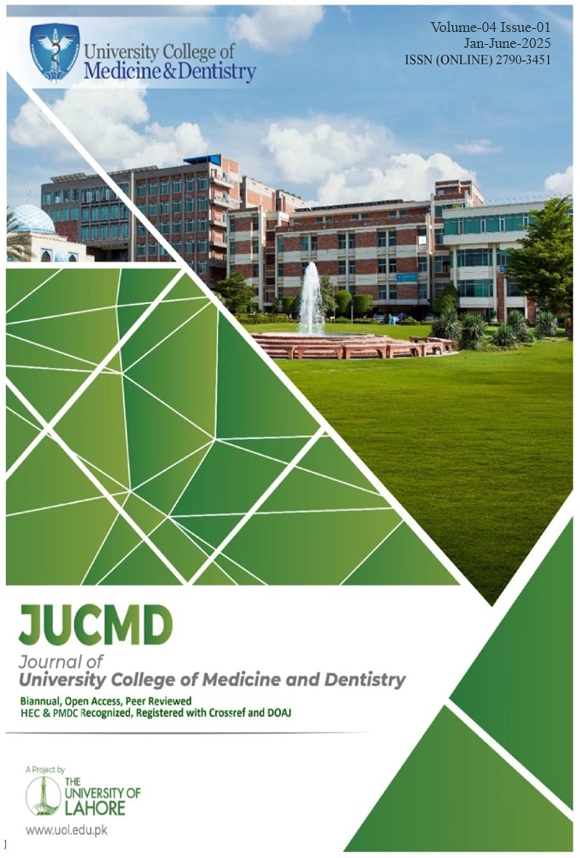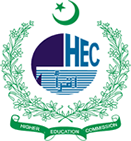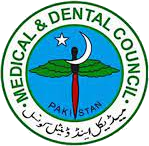One-Year Follow-Up of Morbidity and Mortality in Mechanical Valve Replacement Patients at a Newly Established Cardiac Center in a Developing Country
DOI:
https://doi.org/10.51846/jucmd.v4i1.3511Keywords:
Cardiac valve replacement, Mitral valve replacement, Aortic valve replacement, WarfarinAbstract
Objective: To examine the morbidity and mortality rates associated with mechanical heart valve replacement in patients from a developing country at a 1-year follow-up.
Methodology: This retrospective observational study was conducted on the patients who presented with Aortic Valve Replacement (AVR), Mitral Valve Replacement (MVR) and Dual Valve Replacement (DVR), at the Cardiac Surgery Department of Peshawar Institute of Cardiology (PIC). The data of 258 patients who underwent these cardiac procedures was collected between a period of two years i.e., from Jan 2021 till Dec 2022 from the hospital records.
Results: Out of 258 patients, 37 (14.3%) were readmitted within one year of surgery due to complications such as pericardial effusion, pleural effusion, bleeding, endocarditis, hemorrhagic stroke, and stuck valve. The in-hospital mortality rate following the procedure was 2.7%, while the 1-year post-discharge mortality rate was 10.3%, with 14 cases (51.86%) attributed to warfarin-related complications. Within the first year after discharge, the average number of INR (International Normalized Ratio) tests conducted was 8.34 ± 8.268, and the average number of consultations for INR management was 2.53 ± 3.715.
Conclusion: Warfarin-related complications are a major contributor to mortality and morbidity in patients with mechanical heart valves in developing countries. To address this, newly established cardiac centers in the developing world should adopt innovative strategies, such as establishing dedicated warfarin clinics, promoting the use of self-testing devices, and developing remote cardiac care centers to reduce these complications.
Downloads
Published
How to Cite
Issue
Section
License
Copyright (c) 2024 Mohammad Waleed, Muhammad Tariq, Aamir Iqbal, Muhammad Nisar, Asma Qudrat, Umama Qasim, Muhammad Abdul haseeb, Ubaid Ur Rehman, Muhammad Ihtesham

This work is licensed under a Creative Commons Attribution 4.0 International License.
Authors retain copyright and grant the journal right of first publication with the work simultaneously licensed under a Creative Commons Attribution 4.0 International License that allows others to share the work with an acknowledgment of the work's authorship and initial publication in this journal.
Authors are able to enter into separate, additional contractual arrangements for the non-exclusive distribution of the journal's published version of the work (e.g., post it to an institutional repository, in a journal or publish it in a book), with an acknowledgment of its initial publication in this journal.
Authors are permitted and encouraged to post their work online (e.g., in institutional repositories or on their website) prior to and during the submission process.







